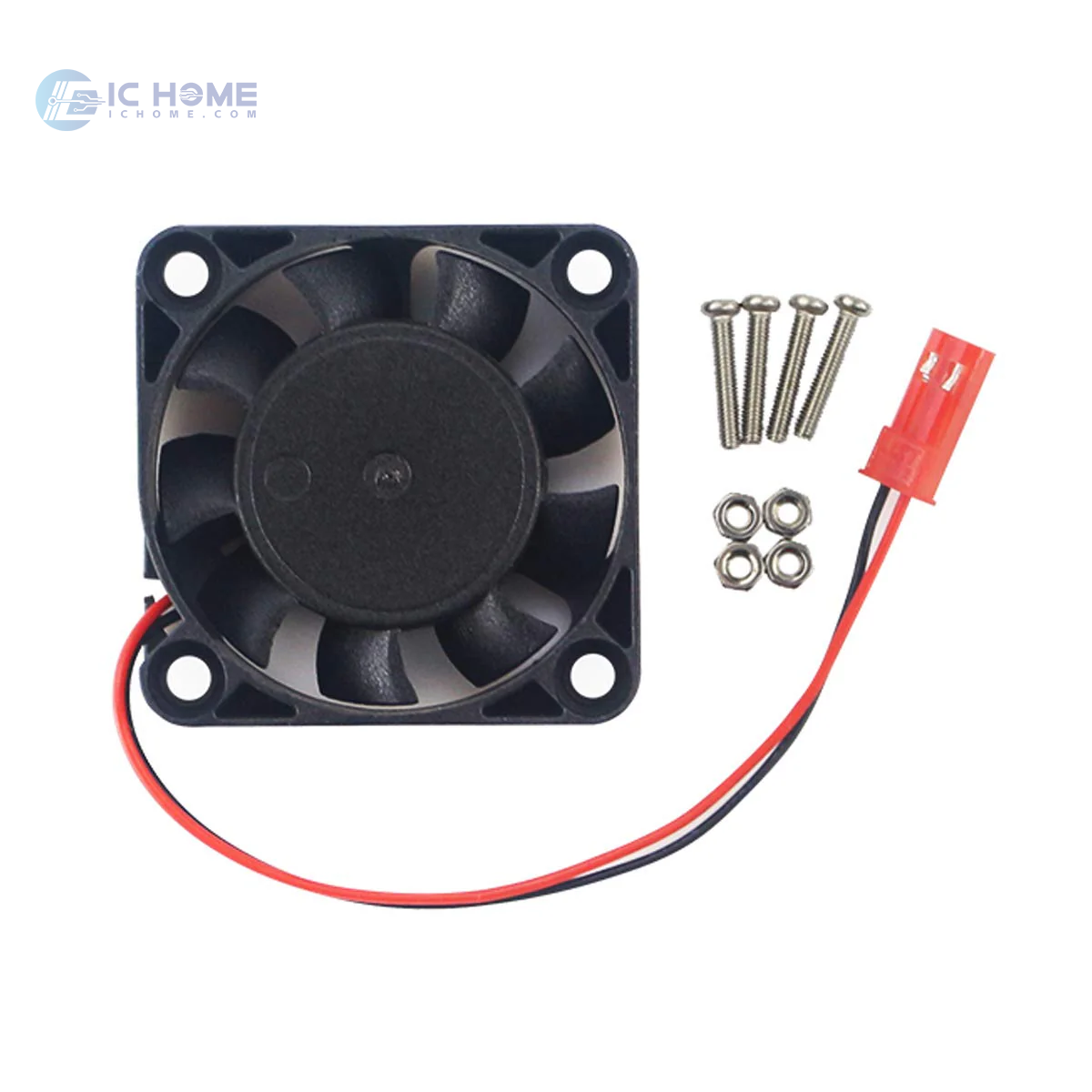Is a Higher CFM Rating Better for Cooling?
When selecting a DC brushless fan (BLDC) for your project, specifications like 12.7 CFM (0.356m³/min) might appear in the datasheet. These numbers describe the fan's airflow performance, a key factor in determining its cooling capabilities. But does a higher number always mean better cooling? For procurement professionals, engineers, and electronics enthusiasts new to the field, this article unpacks the meaning of CFM, how it relates to cooling performance, and what to consider when choosing a fan.

What Does CFM Mean in a DC Brushless Fan?
CFM, or Cubic Feet per Minute, is a measurement of airflow. It represents the volume of air the fan can move in one minute under specific conditions. For example, a fan rated at 12.7 CFM can move 12.7 cubic feet of air per minute, while its metric equivalent, 0.356m³/min, indicates the same in cubic meters.
CFM is a crucial specification because it determines the fan's ability to cool by circulating air across heat-generating components. A higher CFM generally means the fan can move more air, potentially improving cooling performance.
Why Airflow Matters
Efficient Heat Dissipation: Airflow helps remove heat from components such as CPUs, power supplies, or enclosures, maintaining optimal operating temperatures.
Avoiding Overheating: Sufficient airflow prevents system failures caused by overheating.
Improved Longevity: Cooler components tend to last longer, reducing maintenance and replacement costs.
Does a Higher CFM Always Mean Better Cooling?
While it might seem intuitive that a higher CFM results in better cooling, this isn't always the case. The cooling efficiency of a fan depends on several factors, including its design, application environment, and compatibility with the system.
Factors That Influence Cooling Performance
System Design
In a system with good ventilation and minimal airflow resistance, a higher CFM fan will likely perform better.
However, in systems with restricted airflow, such as densely packed enclosures, the fan’s ability to overcome resistance (measured as static pressure) is more critical than raw airflow.
Static Pressure
Static pressure is the fan's ability to push air against resistance, such as heatsinks, filters, or tightly packed components.
For applications where airflow encounters resistance, a high-static-pressure fan may outperform a high-CFM fan in cooling efficiency.
Fan Placement
Where the fan is located in the system affects cooling performance. Exhaust fans draw hot air out, while intake fans bring cool air in. Balancing these ensures effective heat dissipation.
Noise Considerations
Fans with higher CFM often operate at higher speeds, which can result in increased noise levels. In noise-sensitive environments, finding a balance between airflow and quiet operation is essential.
How to Choose the Right DC Brushless Fan
When selecting a fan, consider the following steps to determine the right specifications for your application:
1. Understand Your Cooling Requirements
Calculate the heat output of your system in watts.
Identify the acceptable operating temperature range for your components.
Use these parameters to estimate the required airflow (CFM).
2. Evaluate Application Constraints
Airflow Resistance: For applications with high airflow resistance (e.g., small vents or dense components), prioritize static pressure.
Enclosure Size: Larger enclosures may require higher airflow, while smaller systems may rely on targeted airflow with optimized pressure.
3. Balance Airflow and Noise
Higher CFM fans often produce more noise. If noise is a concern, look for fans with optimized blade designs or PWM control for adjustable speed.
4. Consider Environmental Factors
Ensure the fan is rated for the operating environment (e.g., temperature, humidity, or dust exposure).
For rugged applications, choose fans with durable designs or IP-rated protection against contaminants.
Practical Example: 12.7 CFM in Context
Let’s break down what 12.7 CFM (0.356m³/min) means in practical terms. If a fan with this rating is used in a small enclosure with minimal resistance, it can efficiently move enough air to dissipate heat generated by components like low-power CPUs or small power supplies. However, if the system includes dense heatsinks or restricted air pathways, a fan with better static pressure might perform better, even with a similar or lower CFM rating.
For larger systems or high-heat applications, a single 12.7 CFM fan may not suffice, and you may need a fan with higher airflow or multiple fans working together.
Conclusion: Choosing the Optimal Fan for Your Needs
While a higher CFM number often suggests improved cooling, the optimal choice depends on your specific application. Evaluate factors such as static pressure, system design, and noise tolerance in addition to airflow. A balanced approach ensures effective cooling without compromising other aspects like durability and acoustic performance.
By understanding what CFM represents and considering your system's requirements, you can confidently select the best DC brushless fan for your needs. Whether you're a beginner or an experienced professional in the electronics field, this knowledge empowers you to make informed purchasing decisions that enhance your system's performance and reliability.
For more information or to request a quote, please feel free to send us an RFQ.
Some Model Numbers




